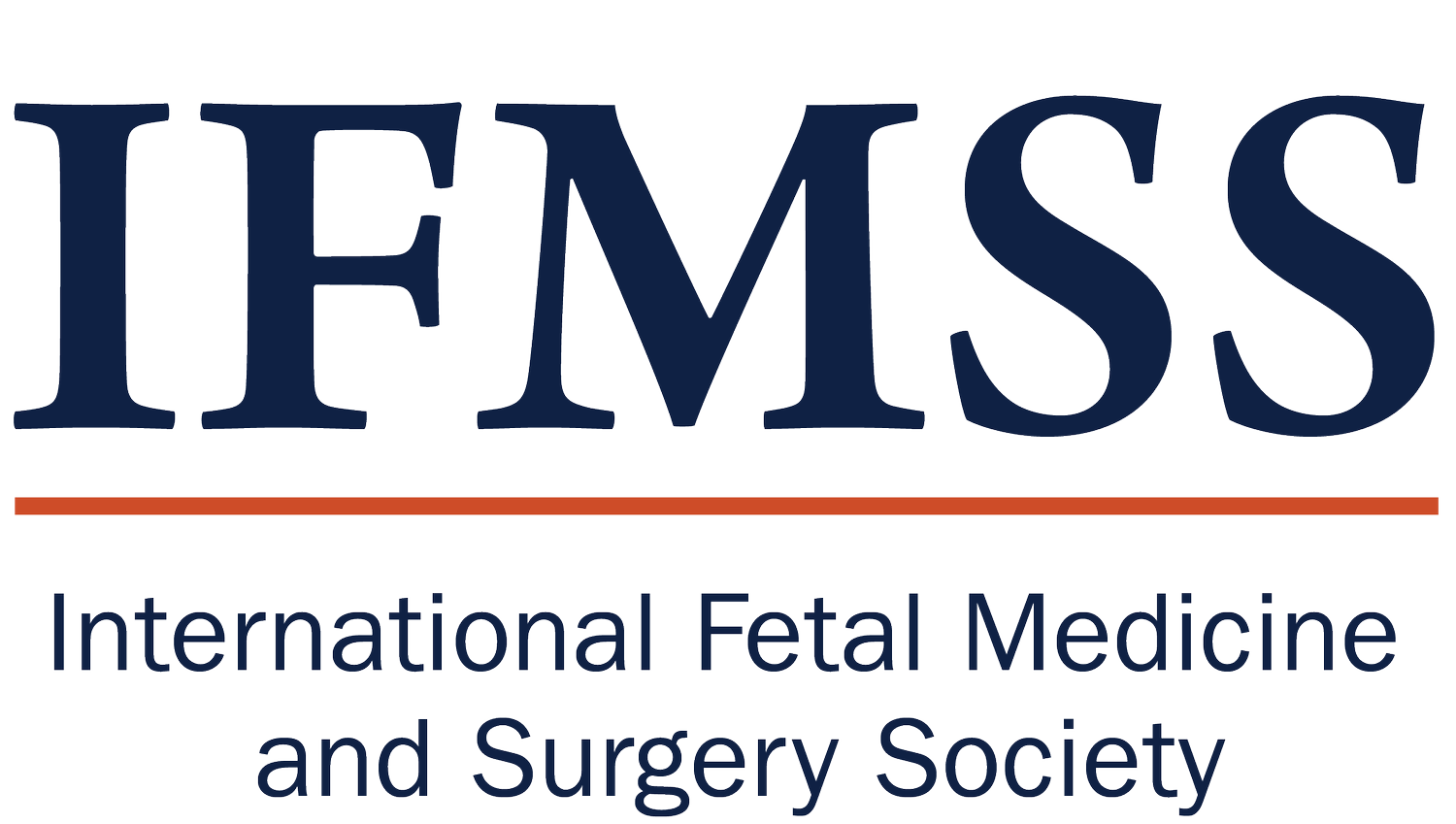“Bás in éirinn!”
… “A few words” from Ireland
Image by kind permission of Waterford Treasures
The toast “Death in Ireland!” is not a threat but a wish, an admission that for many Irish emigrants the ultimate desire is to return to (and live long enough to die in) their home country.
The Irish way of death is a popular topic; Google throws up pages and pages on the subject. And while Ireland has changed beyond recognition in many ways in the 21st century, the rituals around death are still often practised and held dear.
One aspect of Irish funerals that often surprises non-Irish participants is the huge numbers attending the ceremony. An English in-law at an Irish funeral was bemused to be introduced to the deceased’s son’s boss. But this person’s presence illustrates a key factor about an Irish funeral, its social role. The Irish funeral not only provides the wider community with the opportunity to express support for the bereaved, it also acknowledges that the deceased was a part of that community, beyond the immediate family. The person was also a friend, a colleague, a neighbour, a customer, a client – all of these connections are embodied in those who come to “pay their respects”.
As a result, one of the hardest aspects of the Covid pandemic for people in Ireland was not being able to have a ‘proper’ funeral. Nonetheless, the population as a whole accepted the restrictions, remarkably resulting in low levels of excess deaths during those years.
Calculating deaths within the Irish population during the pandemic was very probably helped by another aspect of Irish life: the death notice. In pre-Internet times, it was commonplace for deaths to be announced on local radio, but since 2005, the online website rip.ie has taken on the role. As the Central Statistics Office points out, Irish funerals usually take place just a few days after the death, so posting online is the most efficient way of informing family and friends, nearby or far away.
Perhaps the most well-known aspect of death in Ireland is the wake. In 2023 the Irish Wake Museum opened in Waterford as the latest of the Waterford Treasures museums, while in 2024, journalist and film-maker Kevin Toolis organized the first arts festival dedicated to wakes. These undertakings (sorry!) will no doubt ensure that the Irish funeral remains “a hell of a way to go” !
Ireland Through the Lens
The most obvious film choice in this category must be John Huston’s The Dead (1987) based on Joyce’s poignant short story from The Dubliners. Made by Huston not long before he died, for him the film may be considered as “an elegant and melancholic farewell to Ireland and to life itself”.
A close second, and in a lighter vein, is probably Waking Ned Devine (1998), about the death of a lottery winner, whereas the most recent, All you need is death (2023), is a folk horror story about the search for a thousand-year-old song.
If these films are hard to come by, Netflix is currently showing Obituary (2023), a ‘dark comedy’ by RTÉ (the national television service) in which the main protagonist is an obituary writer whose livelihood depends on people dying…meet some very black Irish humour!
Please note, the Irish have a much more ‘accepting’ relationship with strong language than many other nationalities.
A Living Tradition*
Lankum at the Roundhouse 2023 by Paul Hudson. Use licensed under the Creative Commons Attribution 2.0 Generic licence.
It is unsurprising that death is the subject of many an Irish song. One of the most well-known pieces is the Amhrán Mháinse, the lament of a dying woman written in the 19th century and still sung today in the sean nós style. More contemporary examples come from musicians creating in the alt-folk genre such as Lisa O’Neill and Lankum, whose Go dig my grave is spine-chilling.
In a different style, but also quite haunting is Sinead O’Connor’s I am stretched on your grave ,while Overhead, the Albatross offers a post-rock death-themed track, Your Last Breath.
Quark
Death is of course a key element of crime fiction, and in recent years Irish writers of this genre have proliferated, to the extent that it’s impossible to list them all. Names that come to mind include Ken Bruen, Jane Casey, Tana French, Declan Hughes, Gene Kerrigan, Lisa McInerney, Liz Nugent, but this is just a small selection.
Death is also a prominent character in horror fiction, the most famous Irish exemplar being Bram Stoker’s Dracula, in homage to which a festival is held annually in Dublin over the October Bank Holiday (Halloween) weekend. But the most death-filled novel of them all must be Máirtín Ó Cadhain’s Cré na Cille (1950) in which all the characters are “chattering, coffin-bound corpses” – proof, if needed, that nothing, not even death, stops the Irish from talking!




